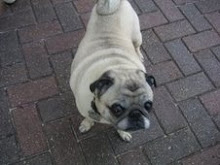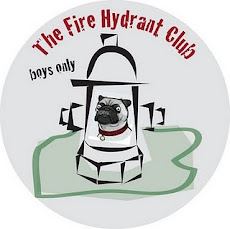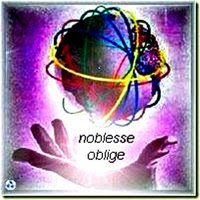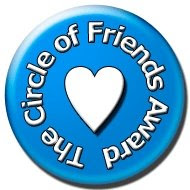
This good looking, young at heart, tuatara is a first time dad at 111. His name is Henry and he has quite a story.
Henry lives at the Southland Museum and Art Gallery in New Zealand and has lived there since 1970. He has never shown an interest in sex all these years and has at times been so aggressive that for 15 years he lived in solitary confinement. So why the sudden change?
Henry had a cancerous growth removed from his bottom last year and ever since then he has been, lets say in a very amorous mood. He hooked up with Mildred last March in a very public sex romp that finally proved he was a man. Mildred laid 12 eggs, of which 11 survived and subsequently hatched after 223 days. That's a long incubation period!
Oblivious to the babies, Henry didn't even realize that he finally had his own children. If he had seen the babies they may have ended up as lunch, since tuataras are known to eat their own. Now that Henry is confident of his mating abilities, he is now living with three females and is expected to hook up with Lucy in April. Good for you mate!
The babies are now on display at the museum, running around and doing well. There are 72 tuatara at the museum, including 44 babies. With ancestors dating back 220 million years, these medium-sized reptiles are endangered and found only in New Zealand.
Tuatara are the only existing member of the Order Sphenodontia, which had many species during the age of the dinosaurs. All the species except the tuartara declined and eventually became extinct some 65 million years ago.
Tuatara are nocturnal and will eat anything they can fit in their mouth. Hmm, sounds a little familiar to me. Adults require very little food and can survive by consuming one quarter of their body weight each year. Um, this does not sound like a good diet for me. They have a pineal eye or 'third eye' on top of their head which acts more like a pineal gland, sensing the length of daylight and darkness.
Male tuatara can weigh up to 3 pounds, with females weighing in at half that. Captive studies indicate that it may take males between 50 - 60 years to reach full size, while it takes females between 20 - 30 years. In captivity, sexual maturity is reached by age 13, though in the wild it is thought to occur between 18 - 20 years.
Mom thought this next fact was especially cool: male tuatara do not have a penis. Why is this cool? Because unlike reptiles, but like birds, fertilization occurs when the male positions his bottom opposite the female. But they are reptiles and not birds, so what gives?
Another really cool fact is that once they lay their eggs, the eggs expand as they develop, sometimes as much as 400% their original size. The eggs are temperature dependent and a typical clutch consists of 5-18 eggs. Females only lay eggs every 4 years and this is a lot like Mom's sea turtles.
I wish that I could visit Henry, his ladies, and the babies. I even wish Mom could but there is no way, none, that Mom could fly that far. Nope. She is still a bad flier even after all these years. I suppose she could fly there, but it would take a long time. First a stop in San Francisco, then a week or two in Hawaii, a stop in Guam, etc. You get the picture. If she leaves today she may be there by St. Patrick's Day!
 The G2 Gallery has only been open for a year, but it is already generating lots of buzz in both the art and environmental world. Located in Venice, CA, the Gallery showcases the art of wildlife photographers and donates the proceeds from all art sales to environmental causes. Yeah! Another champion to help stave off the effects of our man-made messes.
The G2 Gallery has only been open for a year, but it is already generating lots of buzz in both the art and environmental world. Located in Venice, CA, the Gallery showcases the art of wildlife photographers and donates the proceeds from all art sales to environmental causes. Yeah! Another champion to help stave off the effects of our man-made messes.






































